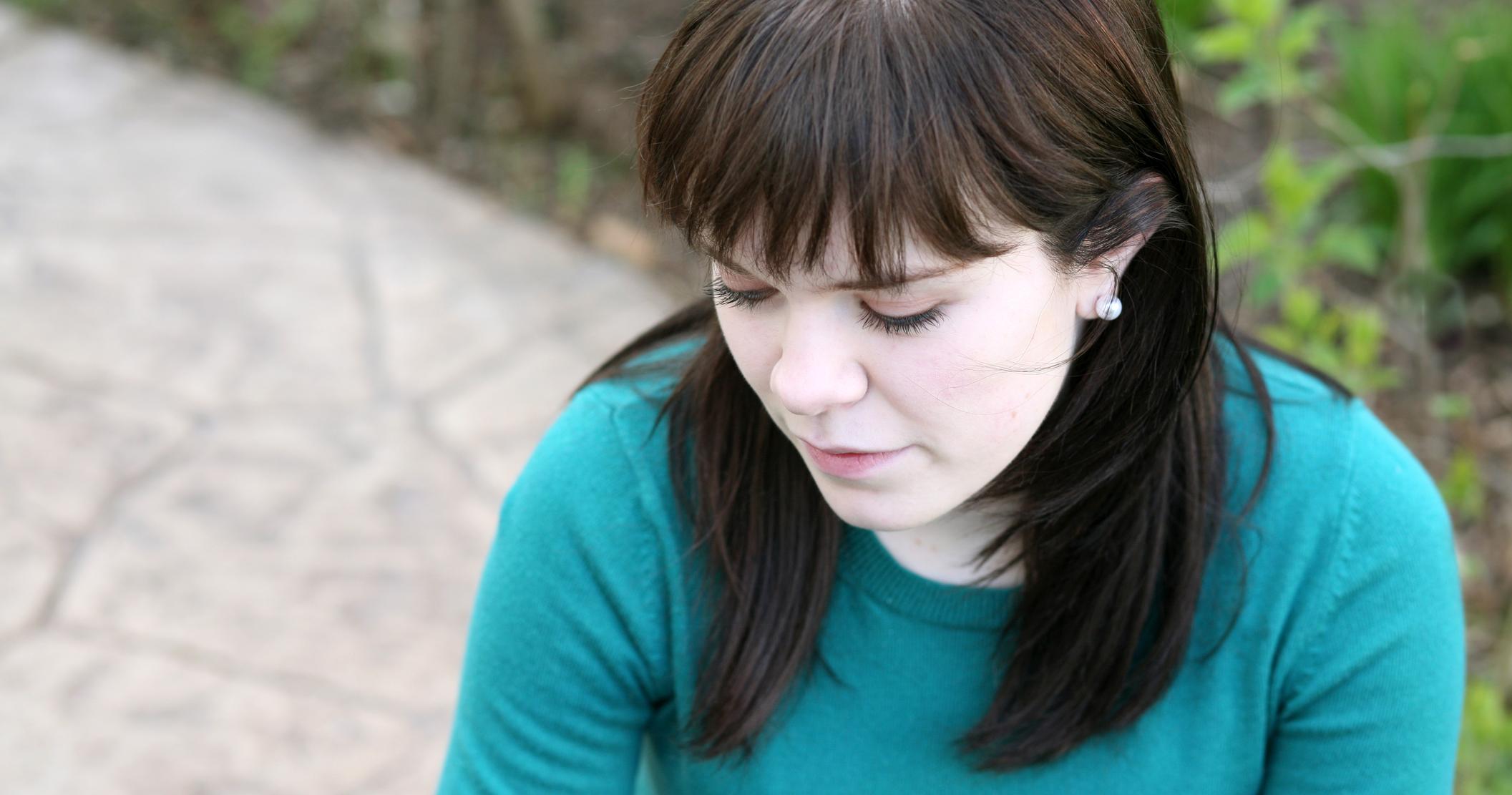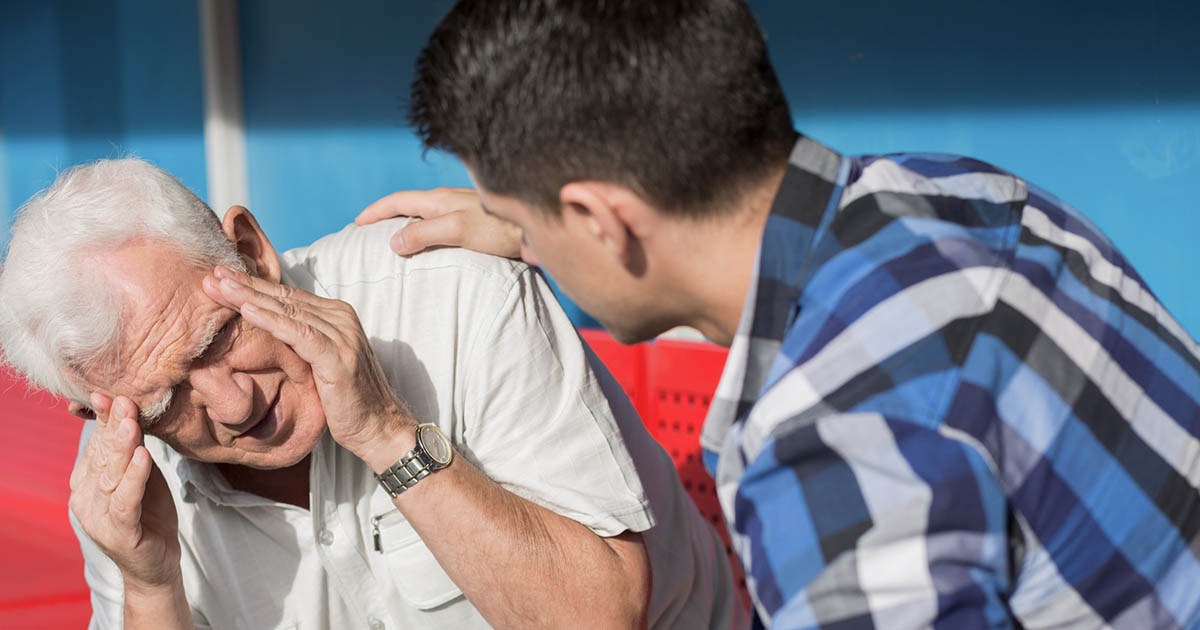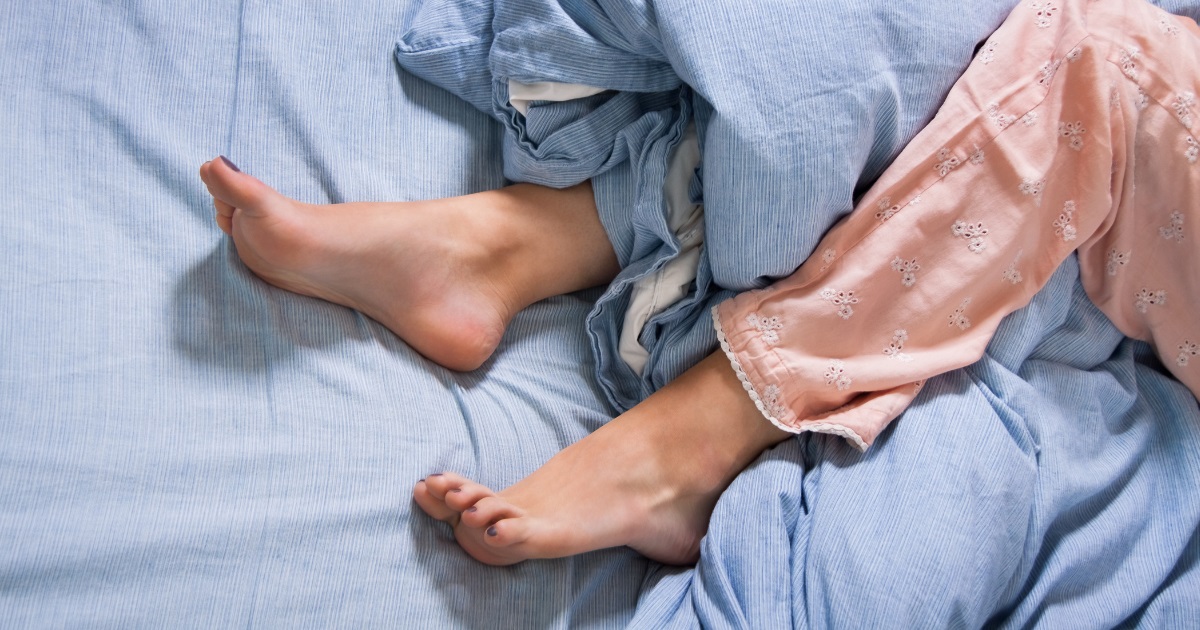Symptoms Of An Iron Deficiency
Iron serves the body by assisting oxygen goes through the bloodstream. If you didn’t have iron, fewer red blood cells would be created, which is the cause of anemia. Causes of iron levels depleting include bleeding due to ulcers and heavy menstruation, as well as other problems. Diet can also be a factor in developing an iron deficiency. Various symptoms can let patients know they're iron deficient. Get to know these iron deficiency symptoms now.
Unusual Fatigue

Unusual fatigue is one of the most common symptoms of an iron deficiency though there are many potential causes. When an individual doesn't have enough iron in the body, they won’t be getting the right amount of oxygen pumped along with the blood. This means your tissues are not receiving the oxygen required and the body doesn’t receive the necessary energy it needs to function at optimum levels (without fatigue).
If you’re constantly feeling fatigued and have other symptoms relating to an iron deficiency such as irritability, are unable to focus, or weakness, you may want to look further at the possibility of an iron deficiency.
Get to know more symptoms of an iron deficiency now.
Pale Skin

Pale skin is a telltale sign there is a problem in the blood of those who are not naturally pale. Hemoglobin is the substance in the blood that makes it red and gives skin a rosy color. When an individual is iron deficient, they also lack hemoglobin, as along with myoglobin, roughly seventy percent of the body's iron is found in hemoglobin. Without hemoglobin, the color of the skin is sucked away, and individuals become quite pale. Another symptom associated with this is a lighter tone of red in spots such as the lips, gums, or bottom of eyelids.
Pale skin can also appear as a result of other symptoms of an iron deficiency, so it is essential to be on the lookout for multiple symptoms, particularly those appearing at the same time.
Get to know some of these additional symptoms of an iron deficiency now.
Shortness of Breath

Regardless of how deeply an individual breathes, if they don't get enough oxygen, they will end up short of breath. Shortness of breath can affect an individual's ability to perform even simple tasks, such as climbing a few stairs, going for a walk, or lifting laundry baskets. These tasks may get progressively more difficult.
When an individual is iron deficient, their hemoglobin is typically also low, and since hemoglobin is what helps the red blood cells carry oxygen throughout the body, oxygen will also be low. This essentially means an individual's breathing will quicken in an effort to get more oxygen, causing shortness of breath.
Continue reading to discover more signs of an iron deficiency.
Constant Headaches

Although a body deficient in iron will send oxygen to the brain before giving oxygen to tissues, individuals will still experience more headaches than normal. The headaches are due to the swelling of the blood vessels in the brain, which causes more pressure to build, hence the headache. Of course, headaches alone are not enough to diagnose an iron deficiency, as headaches can occur for many reasons, one of the most popular being dehydration.
Headaches, when they are the result of an iron deficiency, are often accompanied by a feeling of dizziness or lightheadedness, which will be discussed later.
Learn about more symptoms of an iron deficiency now.
Anxiety

An iron deficiency tricks the body into feeling anxious. With the lack of oxygen due to the iron deficiency, the sympathetic nervous system reacts by revving up the body. Additionally, an iron deficiency can make an individual's heart race, which mimics an anxious feeling. The brain gives an individual's body the message to go into fight or flight mode regardless of what’s really happening. The good news is the anxiety due to an iron deficiency typically alleviates when the iron levels are boosted, even temporarily.
Get to know more about how to spot an iron deficiency by reading more now.
Underactive Thyroid

An iron deficiency slows the function of an individual's thyroid down, which can affect their weight. A thyroid that functions slowly, a condition known as hypothyroidism, blocks metabolism boosts. A patient with hypothyroidism typically experiences around five to ten pounds of weight gain, often due to excess water and salt retained in the body. More weight gain than this is not typical for hypothyroidism. Hypothyroidism also presents with low energy and below average body temperature, so individuals should be sure to speak to their primary doctor if they experience these indications of an underactive thyroid along with weight gain.
Keep reading to learn about more signs of an iron deficiency.
Strange Non-Food Cravings

An iron deficiency can make individuals crave non-food items such as ice, dirt or clay. Doctors use the term Pica to describe the craving to eat things that supply no nutritional value to the body. Craving and chewing ice (pagophagia) has long been associated with an iron deficiency, both when it progresses to anemia and when it does not, though the reasoning behind this remains unclear, though some research indicates the action may increase alertness in these patients. It is also said major emotional problems can cause the onset of eating clay or dirt. An iron deficiency does cause stress within the body, which can lead to Pica. To learn more about Pica, check out Understanding Pica And What You Need To Know.
Discover more iron deficiency signs now.
Dizziness And Lightheadedness

Once again, hemoglobin is responsible for the feeling of dizziness and lightheadedness accompanying an iron deficiency. As stated numerous times, hemoglobin is what's responsible for carrying oxygen throughout the body, and when these levels drop alongside low iron levels, the body is deprived of oxygen, which manifests itself physically in a number of ways. One of these physical manifestations is feeling dizzy or lightheaded, and it can occur because of the shortage of oxygen in the brain or because of low blood pressure due to a poorly oxygenated heart or blood vessels.
Read more now to learn about additional signs of an iron deficiency to watch for.
Heart Palpitations

Briefly mentioned earlier, individuals can experience heart palpitations as a result of an iron deficiency, specifically when the heart beats faster due to working harder to carry oxygen throughout the body or is otherwise beating abnormally as a result of this work. Of course, heart palpitations can progress to the point of being quite dangerous. Thus, severe iron deficiency may result in a heart murmur, enlarged heart, or even heart failure. The good news is the more severe symptoms stemming from heart palpitations are quite a bit less common and usually only occur in patients who have been dealing with an iron deficiency for quite some time.
Unveil more signs of an iron deficiency now.
Dry Skin And Hair

Hair and skin both require oxygen, among other elements, to grow healthy and strong. As has been discussed, oxygen is limited when an individual suffers from an iron deficiency, due to a lack of hemoglobin. When there is insufficient oxygen, the body will direct what oxygen there is to the most important bodily functions, such as to organ functions (e.g., keeping the heart beating). When the hair and skin are deprived of oxygen, they can start to weaken and become dry. While everyone loses some hair when they shower and brush, more hair will fall out if its weak due to severe iron deficiency.
Keep reading to understand more signs of an iron deficiency.
Restless Legs

Unfortunately, the various causes of restless legs syndrome are not fully or clearly understood. That being said, iron deficiency, particularly when it becomes iron deficiency anemia, has been linked to this condition. In fact, research shows around twenty-five percent of individuals who deal with restless legs syndrome also have iron deficiency anemia. The severity of their restless legs syndrome does, in this case, depend on the level of iron: the lower it is, the worse their restless legs are. Thus, individuals should keep an eye out for the strong urge to move their legs when resting, as well as an itching or crawling sensation in the legs and feet.
There are more signs of an iron deficiency out there. Reveal them now.
Increased Frequency Of Illness

It may be a surprise to some individuals, but iron is a crucial mineral in the body. Not only is it a crucial component in hemoglobin, but it also plays an enormous role in an individual's immune system. As such, when an individual lacks sufficient iron, they are at an increased risk of falling ill. This means they will be sick even with more mundane conditions like the common cold or the flu more frequently than the average individual. They may also find their illnesses last for a longer period than someone who has sufficient amounts of iron.
Get to know the next sign of an iron deficiency by reading more now.
Cold Hands And Feet

Once again, the lessened amount of oxygen flowing throughout the body because of the lower iron and hemoglobin is what brings the symptom of cold hands and feet to the forefront of indicating an iron deficiency. This is simply because there is less oxygen and blood flowing to the hands and feet, which increases their sensitivity to the cold. Individuals may find they either get cold more easily, or seem to have perpetually cold hands and feet, even if its warm around them. Of course, an iron deficiency cannot be diagnosed solely on cold hands and feet, since this is also a key symptom of Raynaud's phenomenon, so more signs are needed.
